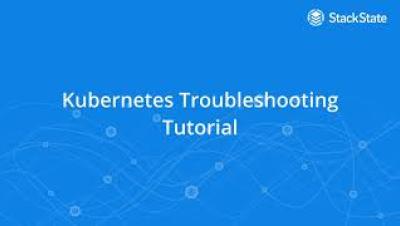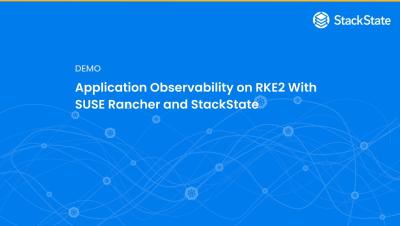6 Ways to Benefit from the SUSE StackState Integration
With the recent integration between SUSE and StackState, SUSE customers will benefit from the enhanced observability StackState offers for their applications running on SUSE’s diverse Kubernetes distributions. As businesses increasingly rely on Kubernetes, ensuring the stability and performance of applications becomes of great importance.







